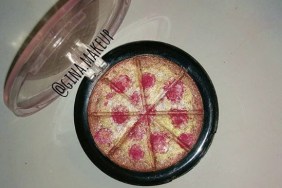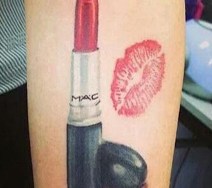I don’t know about you, but I find exfoliation to be really fun (to the point that I need to be careful not to overdo it). After all, this is a process by which we literally slough our own skin off our faces. If I didn’t know any better, I would think it sounded downright primitive as opposed to the spa-like reality.
Even more exciting to a skincare geek like me, there are about a billion ways to get the job done these days. From chemical to manual, chunky beads to superfine microderm scrubs, there’s an option for everyone to find their way to smoother, brighter skin.
Exfoliation
-
Exfoliation #1

By Sara Spruch-Feiner
I don’t know about you, but I find exfoliation to be really fun (to the point that I need to be careful not to overdo it). After all, this is a process by which we literally slough our own skin off our faces. If I didn’t know any better, I would think it sounded downright primitive as opposed to the spa-like reality.
Even more exciting to a skincare geek like me, there are about a billion ways to get the job done these days. From chemical to manual, chunky beads to superfine microderm scrubs, there’s an option for everyone to find their way to smoother, brighter skin.
-
Intro to Manual Exfoliation
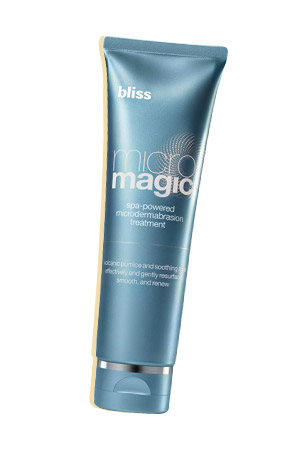
Most likely, you’ve slathered on some kind of scrub in your day. Perhaps you started with something like a blackhead fighting scrub to help clear up a face attacked by puberty blemishes. If indeed you have, then congrats -- you’ve manually exfoliated.
According to Dr. Jessica Weiser of the New York Dermatology Group, manual exfoliation simply refers “rubbing or scrubbing the surface of the skin. This can be done with a gritty substance (i.e. a scrub), a facial brush, exfoliating discs or pads." She explains that this physically pulls away dead skin cells, and the intensity of the process depends on two things: how big the exfoliating particles are, and how much pressure you're putting on your face when you massage the product in.
Dr. Alicia Barba points out that manual exfoliation often deals with sloughing off dead skin from the “top layer.”
A well-chosen scrub can feel great, and quite spa-like.
Bliss’ Micromagic Microdermabrasion Treatment, $48, is gentle (and the beads are truly ‘micro’ size), and leaves a cooling, tingling sensation after rinsing, thanks to aloe and peppermint.
-
Manual Exfoliation: Go Gently
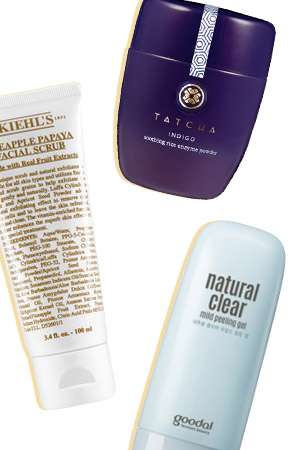
“With manual exfoliation it is crucial to be gentle -- using finer consistency scrubs and light pressure on the skin surface to avoid excessive cell removal and to prevent triggering irritation, inflammation, and redness," Dr. Weiser says.
She also notes that you shouldn't exfoliate more than two to three times a week.
Try:
Tatcha Soothing Rice Enzyme Powder for Sensitive Skin, $65. (Head’s up: even the travel size, $15, will give you a good amount of mileage and it’s cute, too.)
Kiehl’s Pineapple Papaya Facial Scrub, $28, is gentler than you might expect -- rather than large beads, actual bits of fruit scrub away dead skin.
Goodal’s Natural Clear Mild Peeling Gel, $19, is a gommage exfoliant (from the French for “to erase”). This Korean product combines soothing green tea extract, fermented ingredients like pumpkin extract and clarifying apple extract.
-
Shopping for Scrubs
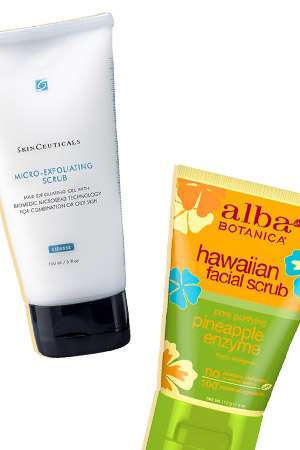
There are tons of options, so, it doesn’t hurt that scrubs are fun to shop for -- from Alba Botanical’s Hawaiian Facial Scrub, $13.99, which features fruit enzymes and smells like a tropical smoothie to Skinceutical’s Micro-Exfoliating Scrub, $30, which gets down to business on congested, rough skin thanks to its extra-fine, small buffing beads.
-
Chemical Exfoliation: Acids 101
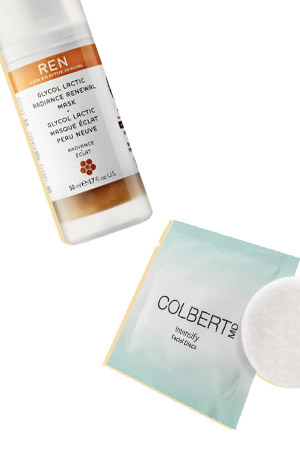
“Chemical exfoliation should be done with care and caution also typically twice a week,” Dr. Weiser says. It’s best start with lower strength acids to test how your skin tolerates them, and then gradually increase strength or frequency for the best possible results.
However, if you’re someone that feels like you’ve got lots of clogged pores and dead skin to get rid of, Dr. Weiser says that mild chemical exfoliating washes (think: ones that contain two percent salicylic acid or less than five percent glycolic acid) can be used up to once a day -- as long as your skin can tolerate it -- and results in "mild, continuous cell turnover and renewal without any more drastic exfoliation."
She recommends Colbert MD Intensify Discs, $65, because they are a light, effective combination of chemical and physical exfoliants. The pads contain a potent combination of bromelain (a concentrated form of pineapple enzyme which works to eliminate dull skin), lactic acid (a gentle, natural exfoliant) and glucosamine (which increases your skin's production of hyaluronic acid, resulting in hydrating skin).
For a once in a while route to glow, try Ren’s Glycol Lactic Radiance Renewal Mask, $55, which revitalizes your complexion vis-à-vis glycolic, lactic, citric and tartaric acids.
-
Chemical Exfoliation for Sensitive Skin
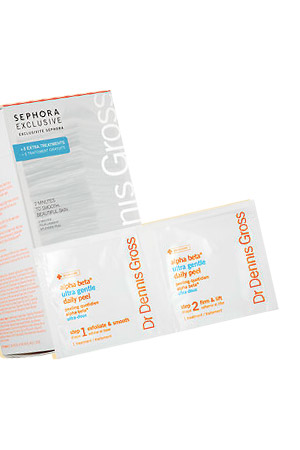
Dr. Dennis Gross is essentially the king of the at-home peel. But if you have sensitive skin you may not have been able to partake in his genius two-step Alpha Beta peels.
The Alpha Beta Ultra Gentle Daily Peel, $88, is the latest addition to the batch, and it’s a good one. There’s no mechanical exfoliation here -- just gentle detachment of dead skin cells to polish and reveal fresh skin -- without stripping moisture barrier or irritating sensitive skin types.
These pads combine potent ingredients: lactic acid, mandelic acid, willow bark extract and anti-inflammatory chamomile.
-
Listen to Your Skin
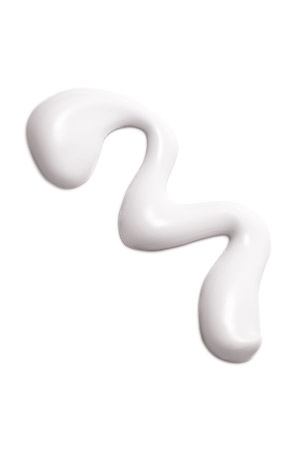
If your skin is new to chemical exfoliation, then it’s key to listen to the cues it gives you. According to Dr. Barba, you should stop chemical exfoliation if you feel “sensitive or burning when applying products, or if your skin looks red, blotchy or worse than when you started.”
Finally, remember to moisturize post-exfoliation. As Dr. Barba notes, “You’ve just rubbed off a few skin cells, so make sure you replenish your skin afterwards!”


